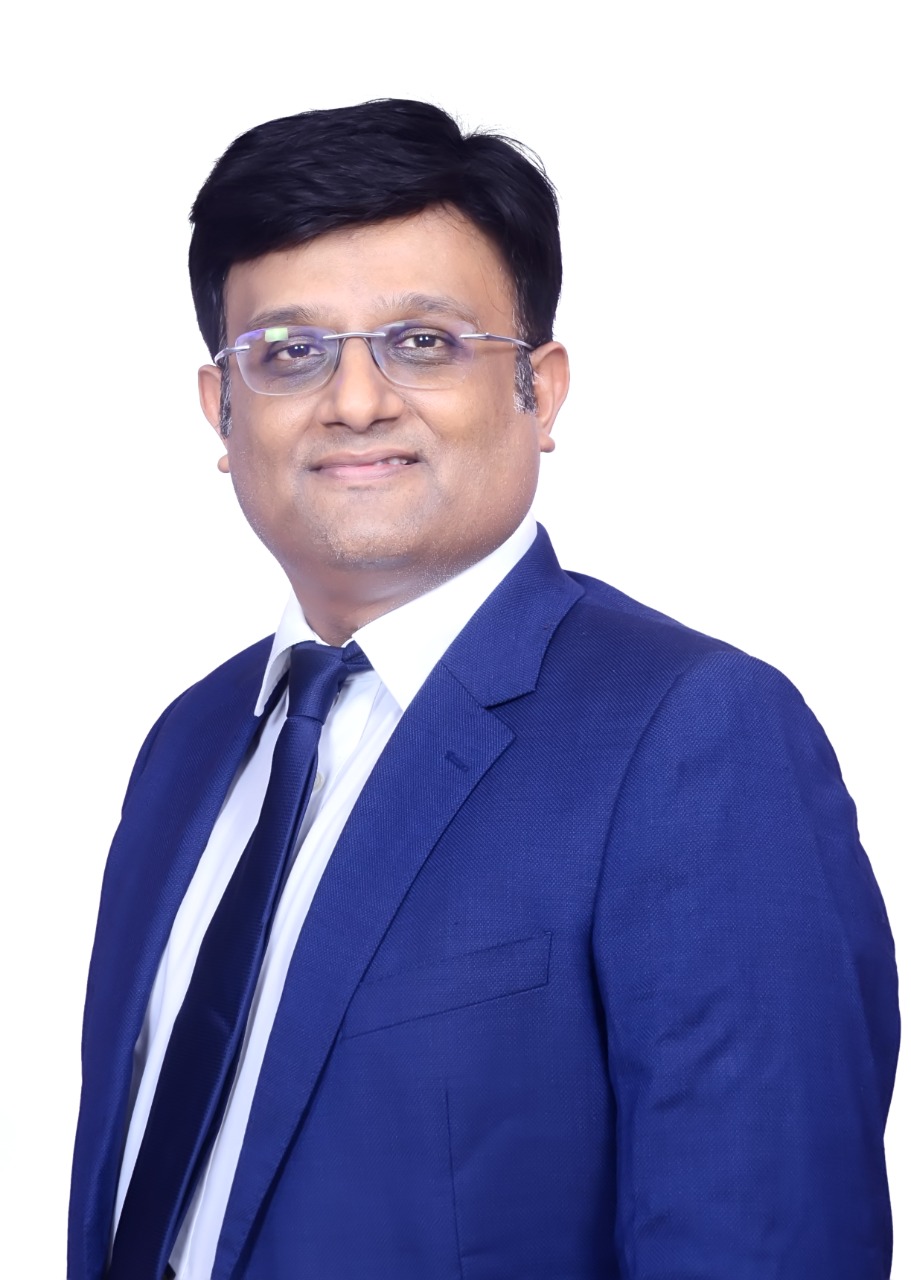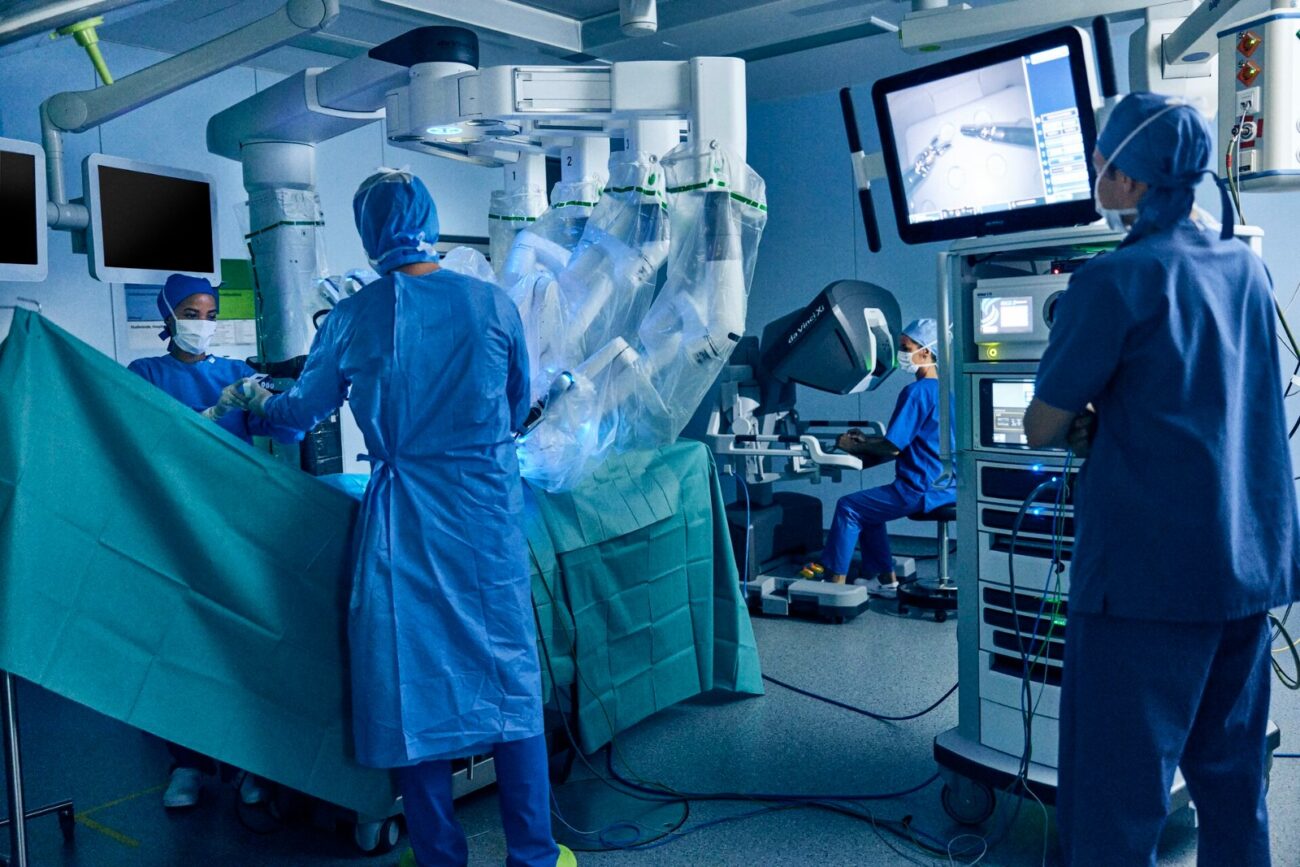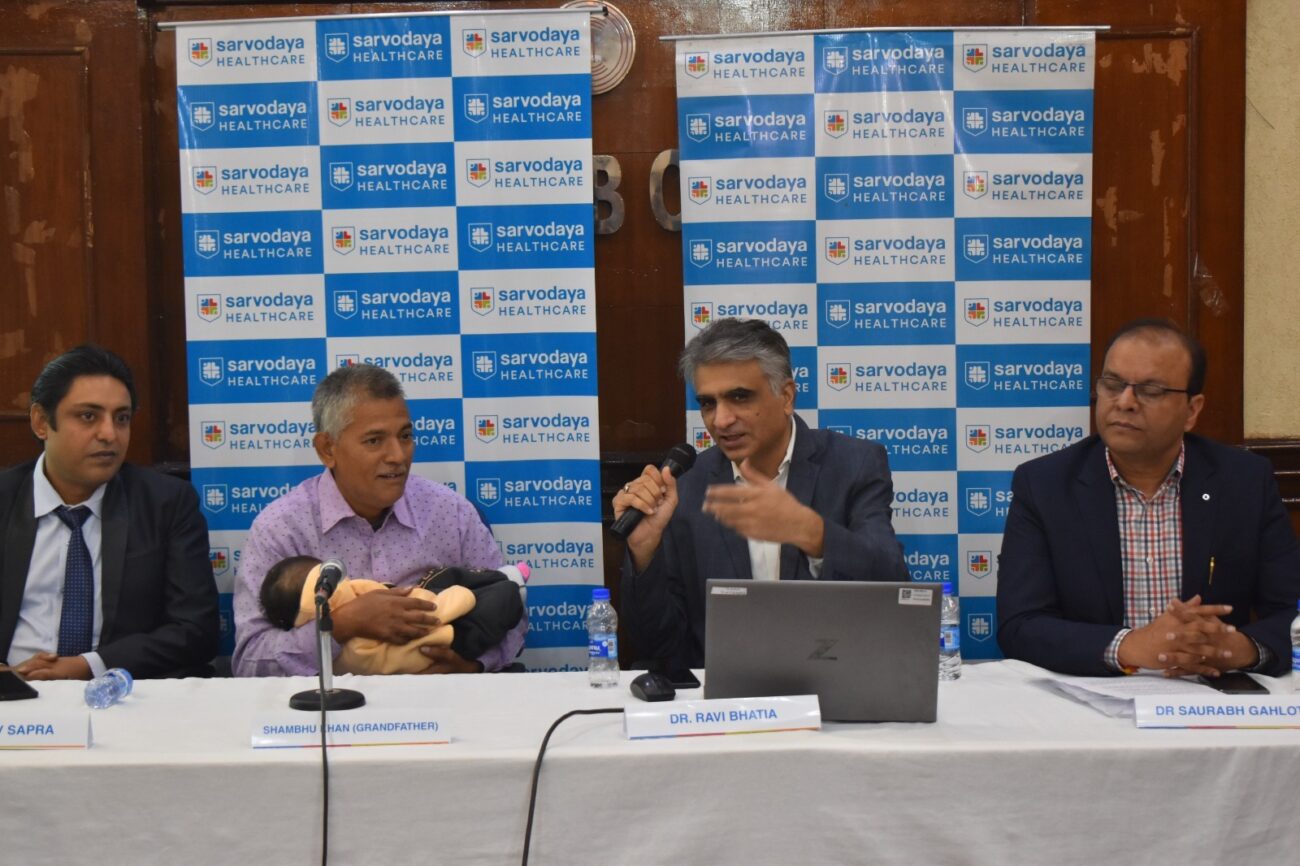Trends in Radiology in a post-COVID world
Amit Gandhi, Business Leader MRI, CT & AMI, Philips Indian Subcontinent The increased demand for medical imaging over the last few years, especially because of the pandemic, has resulted in radiology workflows becoming more complex. These developments

Amit Gandhi, Business Leader
MRI, CT & AMI, Philips Indian Subcontinent
The increased demand for medical imaging over the last few years, especially because of the pandemic, has resulted in radiology workflows becoming more complex. These developments have necessitated development of new and innovative ways of working that help in enhancing productivity, accuracy and ultimately, outcomes. Further, the pandemic has also created a need to look for ways to provide care remotely whilst ensuring state-of-the-art treatment for patients
Patients in both metro and non -metro cities have been open to the idea of online consultations and remote care during the pandemic. A recent study titled Rise of Telemedicine – 2020 pointed out that there was a 502% spike in online consultations from people above the age of 50. Additionally, online consultations in cities such as Bengaluru, Delhi-NCR, Mumbai, Pune, Hyderabad, and Kolkata grew by more than 300%.
The new innovations and workflows that emerged during the pandemic are here to stay and will be mutually beneficial to everyone in the health continuum.
Changing times, new approaches
Here are a few trends that we witnessed in radiology over the last few years that will shape the new model of healthcare delivery post-COVID-19:
Focus on increasing productivity: In a country like India, where the burden on healthcare institutions is immense, it has become important to use radiology assets more efficiently to ensure optimum outcomes for everyone. The volume of cases in India has necessitated for health-tech companies to focus on providing solutions that can enable radiologists to increase the pace of scans while maintaining the quality of the same. Additionally, healthcare costs are also on the rise in both developed and developing nations, which has further created a need for more efficient healthcare systems. To address these concerns, several health technology companies have developed AI-based solutions to bring down MR scan times dramatically by almost 50%. Artificial Intelligence (AI) brings promising new possibilities to MRI scanning, as it can be applied to many aspects of the overall examination, like automated planning, segmentation, and report creation. Scan acceleration is one of these new possibilities, as AI enables the acquisition of less data during an MRI examination, helping to reduce the time that a patient needs to be in the scanner.
Precision Diagnosis: Workflows that include fragmented systems, complex administrative tasks and those that require workarounds can threaten the precision of diagnosis and weigh heavily on staff and patients. Healthcare providers have many pain points, from appointment no-shows to systems that are not integrated to staffing shortages and increased patient demands. When one considers the cumulative effect these problems have on the workflow, removing the challenges is critical. COVID-19 exposed inconsistencies in the workflow of healthcare onsinstituti, who are now looking for new solutions that can address these challenges. One such solution which is now available, aims to automate the process of positioning of a patient through camera-based workflow before their scan is conducted. This can help to reduce human errors that could happen during the process and more importantly allow the technicians to remotely operate the CT avoiding contact with the patient. Artificial Intelligence and Deep Learning are playing a major part in designing these systems to enable precise diagnosis. As an example, for CT images, neural networks have enabled healthcare providers to reconstruct images based on low dose at much lesser time, when compared to traditional methods. Such examples are going to become more common in the future as several health-tech companies are working on similar models.
Remote operations: The COVID-19 pandemic was a black swan moment for people in the healthcare space as all elective medical procedures/tests were suspended to focus on treatment of COVID patients. This created a need for health-tech companies to innovate and look for alternatives to in-hospital scans. Therefore, the idea of remote radiology centres has been gaining more traction amongst key stakeholders. Globally, such remote centres have been used by big centres as hub and spoke models to ensure uniformity. In countries such as India, these centres can have great applications as they will address the challenge of a smaller number of radiologists in the country. The power of AI coupled with remote operations will transform the way radiologists approach their jobs as they will now be able to increase the number of cases that they are able to evaluate.
Personalized Diagnosis and Predictive Technology: Today, there is an increasing consensus amongst the healthcare community that different bodies can respond differently to the same course of medicine. Therefore, a personalized healthcare approach is becoming increasingly important. Another key aspect related to precision diagnosis today is the concept of predictive technology. Predictive technology focuses on anticipating diseases that patients might be susceptible to based on their respective medical histories.
These trends reflect how digitization, virtualization and their integration with AI, Neural Networks and Deep Learning can make a real difference to radiology operations especially in a post-COVID world. By connecting data, technology, and people at every defining moment – always with the patient firmly at the center – we can pave a clear path to precision diagnosis and treatment.






